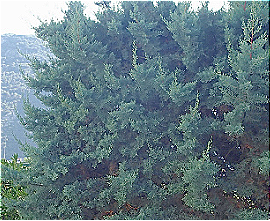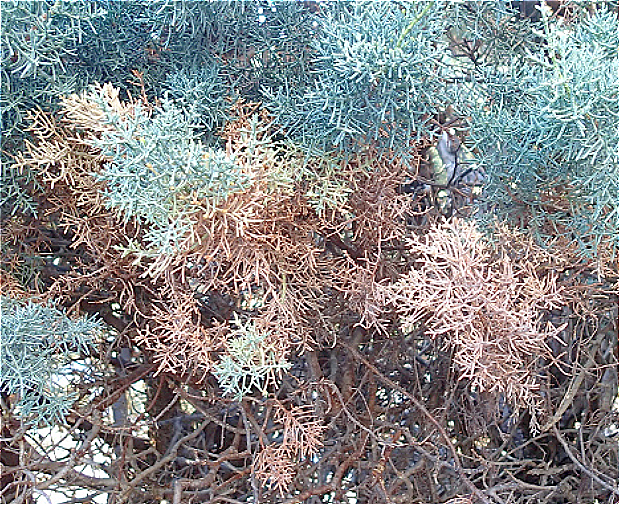| "Descrizione" by Ottika11 (2062 pt) | 2023-Aug-12 20:52 |
Review Consensus: 8 Rating: 8 Number of users: 1
| Evaluation | N. Experts | Evaluation | N. Experts |
|---|---|---|---|
| 1 | 6 | ||
| 2 | 7 | ||
| 3 | 8 | ||
| 4 | 9 | ||
| 5 | 10 |
Cupressus Arizonica belongs to the Cupressaceae family and is a sizable plant reaching 30 meters in height with a spread of about 3 meters.

Origin. This species hails from the arid regions of the southwestern United States and northern Mexico.
Appearance. It has a conical or pyramidal shape and can reach heights of 10-25 meters. The bark is thick, rough, and gray-brown in color.
Leaves. The leaves are scale-like and bluish-green in color. This unique hue gives it a distinctive appearance compared to other cypresses.
Cones. It produces both male and female cones. The female cones are spherical, light brown when mature, and contain winged seeds.
Adaptability. This tree has developed a range of adaptations to survive in arid environments, including reduced leaves to minimize water loss and deep roots to access underlying water.
Cultural Significance. In its native regions, the wood of the Arizona Cypress has been used for various purposes, including construction and tool-making. Indigenous populations have also used parts of the tree for medicinal purposes.
Varieties. There are several subspecies and varieties of Cupressus arizonica, each with slight differences in appearance and environmental tolerance.
Usage. Due to its drought resistance, it's a popular choice for gardens and landscapes in arid areas. It's also cold-hardy, making it suitable for various climatic conditions.
Conservation. Some subspecies of Cupressus arizonica are considered at risk due to habitat loss and diseases like cypress canker.
Pruning. Does not tolerate intense pruning. Prune only the cusps and never the branches.
It can contract diseases due to a fungus, Seridium cardinale, which causes branches or parts of them to dry out and turn rust-colored. Beyond cypress canker, the Arizona Cypress can be susceptible to various pests and diseases, including the cypress bark beetle and cypress rust.

| Evaluate |

